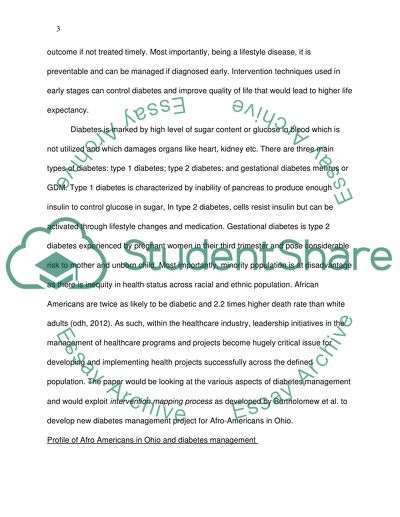Cite this document
(“Health Promotion Program Essay Example | Topics and Well Written Essays - 5000 words”, n.d.)
Health Promotion Program Essay Example | Topics and Well Written Essays - 5000 words. Retrieved from https://studentshare.org/health-sciences-medicine/1484379-health-promotion-program
Health Promotion Program Essay Example | Topics and Well Written Essays - 5000 words. Retrieved from https://studentshare.org/health-sciences-medicine/1484379-health-promotion-program
(Health Promotion Program Essay Example | Topics and Well Written Essays - 5000 Words)
Health Promotion Program Essay Example | Topics and Well Written Essays - 5000 Words. https://studentshare.org/health-sciences-medicine/1484379-health-promotion-program.
Health Promotion Program Essay Example | Topics and Well Written Essays - 5000 Words. https://studentshare.org/health-sciences-medicine/1484379-health-promotion-program.
“Health Promotion Program Essay Example | Topics and Well Written Essays - 5000 Words”, n.d. https://studentshare.org/health-sciences-medicine/1484379-health-promotion-program.


